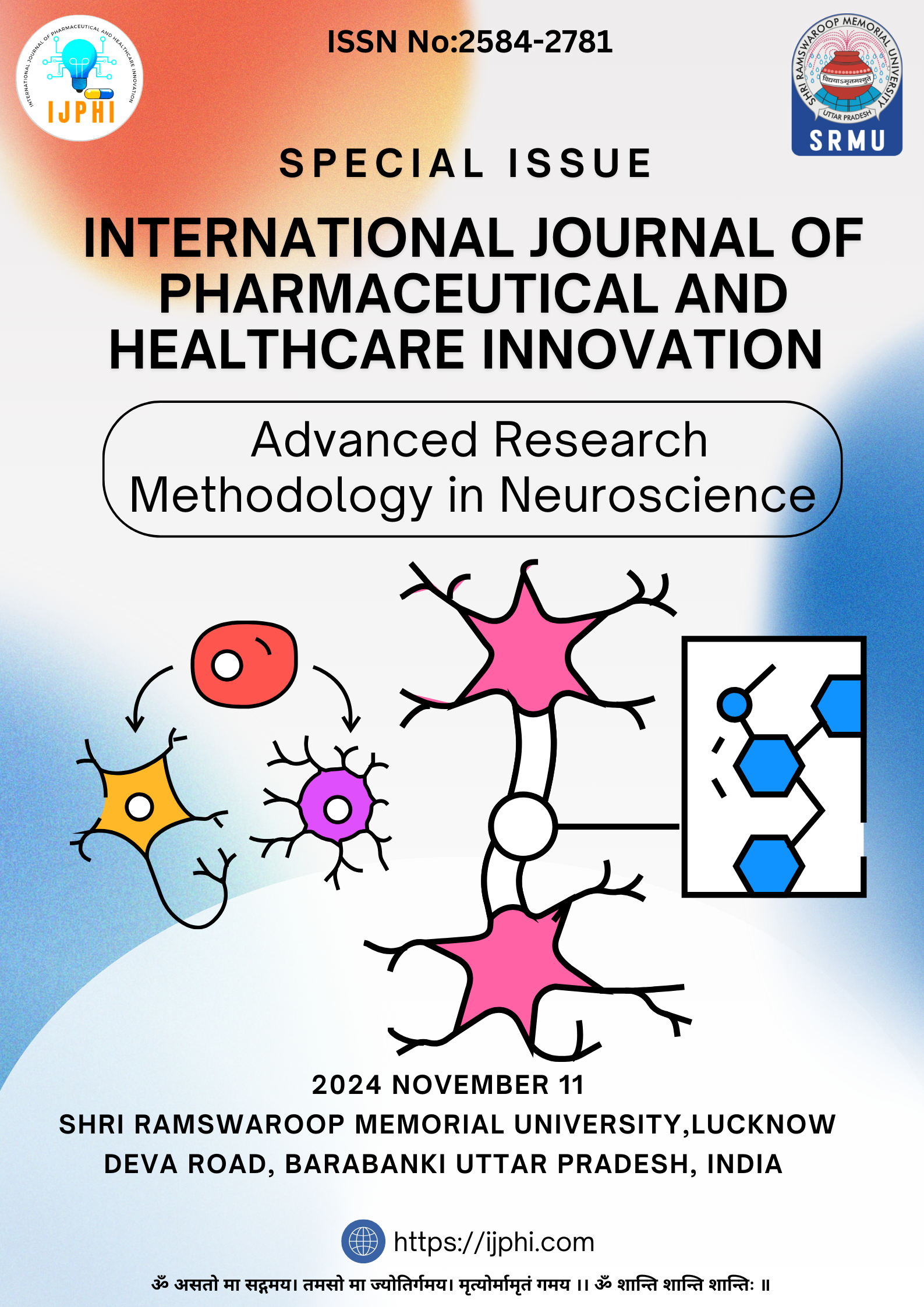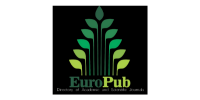Neuroprotective Agents in Stroke and Traumatic Brain Injury: Mechanisms and Development
DOI:
https://doi.org/10.62752/xkrhrq76Keywords:
Neuroprotective agents, stroke, traumatic brain injury, excitotoxicity, oxidative stress, inflammation, neuroinflammationAbstract
Stroke and traumatic brain injury (TBI) rank among the foremost causes of neurological disability globally, frequently leading to irreversible brain tissue damage and enduring cognitive and functional deficits. Although there have been considerable advancements in acute care, effective therapeutic approaches to prevent secondary brain injury and enhance neuroprotection remain scarce. This review delves into the mechanisms that contribute to neuronal injury and cell death in stroke and TBI, emphasizing pathophysiological processes such as excitotoxicity, oxidative stress, inflammation, and mitochondrial dysfunction. We also discuss emerging neuroprotective agents that target these mechanisms, including glutamate receptor antagonists, antioxidant substances, anti-inflammatory medications, and mitochondrial protectants. Furthermore, we investigate the significance of neurotrophic factors, particularly brain-derived neurotrophic factor (BDNF), in fostering neuronal survival and repair. The chapter also underscores innovative drug development strategies aimed at improving neuroprotection, such as gene therapy, nanomedicine, and the application of small molecules that influence specific signaling pathways related to neuroinflammation and cell survival. Despite encouraging preclinical findings, the clinical application of these agents has faced challenges concerning efficacy, safety, and appropriate therapeutic timing. We conclude by outlining prospective directions in neuroprotective drug development, highlighting the necessity for personalized treatment approaches, combination therapies, and novel delivery systems to optimize therapeutic outcomes for patients with stroke and TBI.
Downloads
Published
Issue
Section
License
Copyright (c) 2025 Pharmacytalk2us

This work is licensed under a Creative Commons Attribution-NonCommercial 4.0 International License.











